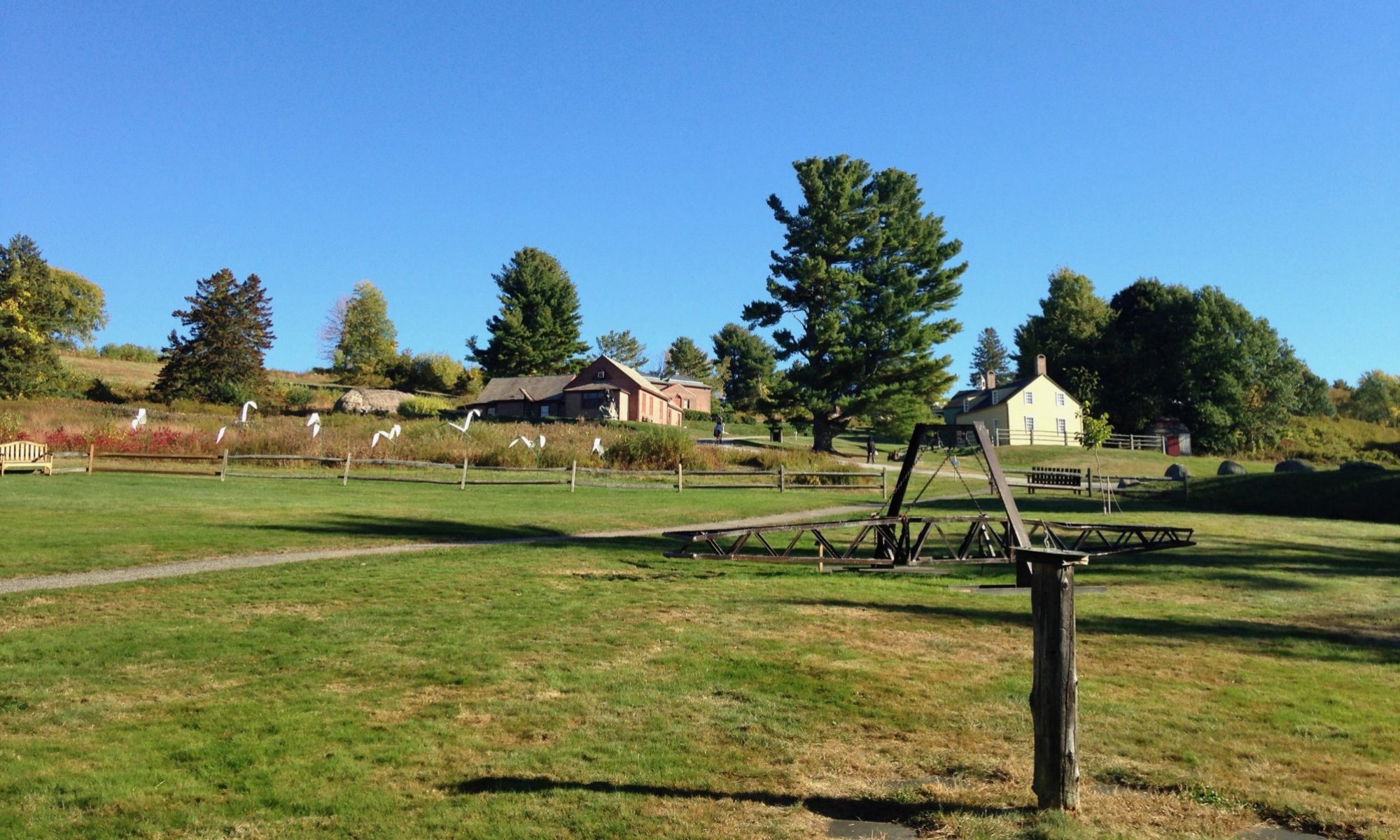Henry Thoreau and Thomas Merton both had conflicting desires to be hermits and to engage the world to help the world. Thoreau comes up with a secular idea why his seclusion is good for the world while Merton must struggle with how he is both called to commune with God and serve man at the same time.
In paragraphs 102 to 104 in Walden Thoreau works out why it is okay for him to only be self sufficient and not to give to charity. His idea is that his desire for genius is worthy of others charity so that he is alright not directly helping others because his acts of thinking will benefit the world.
It may be hard to say whether or not writing Walden is better or worse than being a kind neighbor that gives to charity but after Thoreau leaves Walden he is a wonderful neighbor to the escaped slaves fleeing from the government. He also helps to convince others. His genius that he has developed has enabled him to see the humanness and value of the slaves which were given little value by most of society.
This is similar to Merton who after living in a contemplative lifestyle for so long communing with God realizes he must show others the value of the human lives that are being destroyed by the United States during the Vietnam War.
Reece unfortunately does not go into detail about the difference between retreating into “ones heart and pond”. The difference is that Merton needed to go much deeper if he was to rebel against the spirit of the law that had been set out for him by his Abbot that he should not say anything too inflammatory. Merton must reach this deeper state because he unlike Thoreau has promised himself to someone or something outside himself where Thoreau was free to do whatever he felt his heart told him to do.

